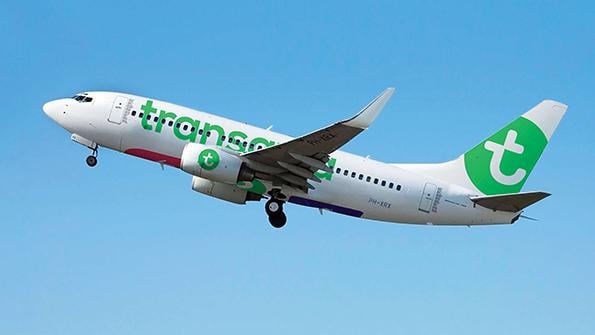Ancillary Revenue In Focus For Airlines

Transavia says introducing cabin baggage charges brings it in line with other low-cost carriers.
Credit: Transavia
As post-pandemic travel patterns evolve, airlines around the world are exploring opportunities to boost ancillary revenue made possible by technological advances. Consumer demand patterns are changing. Although business travel has yet to return to pre-pandemic levels, demand for leisure travel is...
Ancillary Revenue In Focus For Airlines is available to both Aviation Week & Space Technology and AWIN subscribers.
Subscribe now to read this content, plus receive critical analysis into emerging trends, technological advancements, operational best practices and continuous updates to policy, requirements and budgets.
Already a subscriber to AW&ST or AWIN? Log in with your existing email and password.








